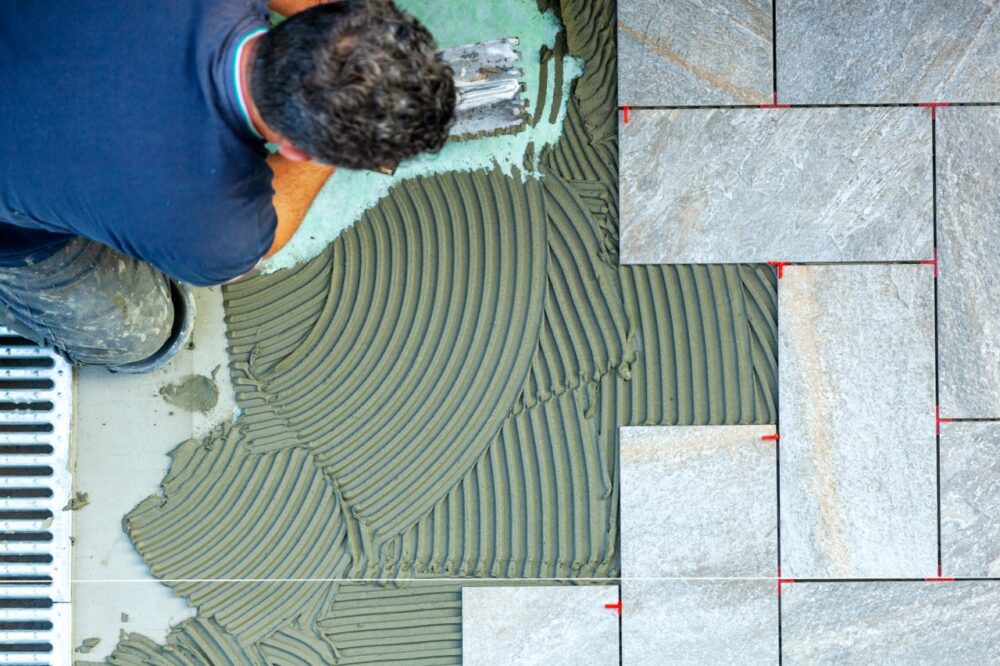Floor insulation is essential to modern construction and renovation, providing increased energy efficiency and comfort to a home or commercial space. This text delves into various methods and techniques of installing floor insulation, focusing on underfloor insulation, concrete floor insulation, floating floor insulation, and damp proofing.

1. Underfloor Insulation
Underfloor insulation is insulating the space between the floor joists, particularly in homes with raised floors. This method helps maintain a consistent temperature by reducing heat loss through the floor.
Techniques:
Batt or Blanket Insulation: It involves placing fiberglass or mineral wool between the joists, secured with staples or retaining clips.
Spray Foam Insulation: Professionals may use polyurethane spray foam that expands and fills gaps, providing an airtight seal.
Reflective Insulation: Reflective foil may reflect heat into the room, especially in colder climates.
2. Concrete Floor Insulation
Concrete floor insulation can be installed either on top or beneath concrete slabs. This method is prevalent in modern homes with concrete floor structures.
Techniques:
Rigid Board Insulation: This is often placed beneath the concrete slab. Polystyrene or polyurethane are used due to their high compressive strength.
Insulating Concrete Forms (ICFs): ICFs are cast-in-place concrete walls sandwiched between two layers of insulation material, forming a continuous insulation barrier.
Overlay Insulation: Insulation layers can also be placed on top of an existing concrete floor and covered with screed or other finishing materials.
3. Floating Floor Insulation
Floating floor insulation involves placing insulation below a layer of chipboard or floorboarding, thus creating a ‘floating’ effect. It’s especially useful for noise reduction.
Techniques:
Dry Installation: This involves laying insulation panels on a level subfloor and covering them with a layer of chipboard or plywood.
Wet Installation: A screed layer is poured over the insulation, which then hardens to form a solid, continuous layer.
Resilient Layers: Additional layers like foam or cork can be used to enhance sound insulation properties.
4. Damp Proofing
Ensuring that the insulation acts as a barrier against ground moisture is essential, especially in basements or ground-level installations.
Techniques:
Damp Proof Membranes (DPMs): These are typically sheets of impermeable material placed under the insulation to prevent moisture from reaching the floor.
Waterproof Insulation Materials: Some insulation materials, such as closed-cell foam boards, are designed to resist moisture.
Perimeter Insulation: This involves sealing the edges and joints to prevent moisture ingress, often combined with other damp-proofing methods.
Conclusion
Installing floor insulation requires a thoughtful approach tailored to specific needs and conditions. Underfloor, concrete floor, and floating floor insulation methods serve unique purposes, while damp proofing ensures longevity. Professional expertise is essential in choosing the right method, contributing to energy savings and comfort within the home or commercial space. If you are interested in insulation and other building materials, visit Building Materials Wholesale.





















